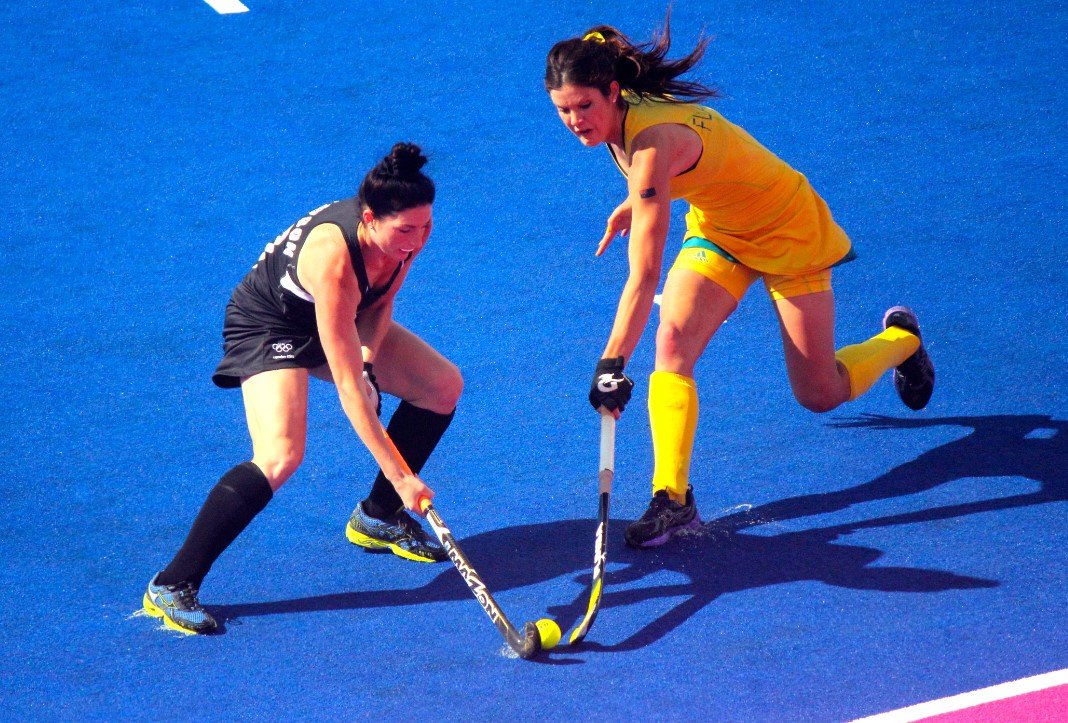The ongoing debate over the Canadian Hockey League (CHL) ban in NCAA sports has reached a critical juncture. Recent cases involving Minnesota Duluth’s Adam Gajan and Eve Gascon highlight the discrepancies and challenges within the current system. Advocates argue that lifting the CHL ban would foster a more inclusive and competitive environment in college hockey, benefiting players and institutions alike.
Discrepancies in NCAA Rules for Men’s and Women’s Hockey
The NCAA’s longstanding ban on CHL participation for men has sparked significant controversy, as illustrated by the experiences of Adam Gajan and Eve Gascon. Gajan, a freshman goaltender for the Minnesota Duluth Bulldogs, was deemed ineligible for a game due to his participation in an exhibition match in Slovakia. Although he was not playing for a professional team, the NCAA classified the game as professional, resulting in a four-year ban that was later reduced to 18 months by the Court of Arbitration for Sport (CAS).
In contrast, Eve Gascon, a sophomore goaltender for the Bulldogs’ women’s team, played in CHL games without facing similar sanctions. Gascon’s participation in the Quebec Maritimes Junior Hockey League (QMJHL) was allowed under a specific NCAA clause that permits competition in professional teams, provided players do not receive more than necessary expenses. This gender-based discrepancy raises questions about the fairness and consistency of NCAA regulations.

Impact of the CHL Ban on Male College Hockey Players
The CHL ban has significant implications for male college hockey players, limiting their opportunities to develop and compete at high levels before entering the NCAA. For players like Gajan, the inability to participate in major junior leagues hampers their growth and readiness for collegiate competition. This restriction not only affects individual athletes but also diminishes the overall quality and competitiveness of college hockey programs.
Key Challenges Faced by Male Athletes:
- Limited Development Opportunities: Players are restricted from gaining valuable experience in top-tier junior leagues.
- Competitive Disadvantage: NCAA teams may struggle to attract and retain talent compared to institutions in regions without such bans.
- Delayed Professional Prospects: Reduced exposure and development can impact players’ chances of advancing to professional leagues like the NHL.
These challenges highlight the need for a reevaluation of the NCAA’s stance on CHL participation, advocating for a more balanced approach that supports athlete development without compromising the integrity of collegiate sports.
Benefits of Lifting the CHL Ban for College Hockey
Removing the CHL ban would offer numerous advantages for college hockey, enhancing both the quality of play and the overall experience for student-athletes. By allowing players to participate in major junior leagues, the NCAA can create a more seamless pathway from junior hockey to college and potentially to professional careers.
Potential Benefits:
- Enhanced Player Development: Access to competitive junior leagues would help athletes refine their skills and gain crucial game experience.
- Increased Recruitment Opportunities: Colleges could attract top talent from CHL teams, elevating the standard of college hockey programs.
- Balanced Gender Regulations: Aligning rules for men and women would promote fairness and equality in collegiate sports.
Furthermore, lifting the ban could lead to stronger NCAA teams that are better prepared for national competitions, fostering a more vibrant and dynamic college hockey landscape.
Moving Forward: NCAA’s Proposed Changes and Future Prospects
In response to mounting pressure and legal challenges, the NCAA is considering significant changes to its regulations regarding CHL participation. A recent proposal aims to allow male athletes to sign with professional leagues like the NHL, PWHL, NBA, WNBA, NFL, or MLB without forfeiting their NCAA eligibility, provided they do not play regular-season games in these leagues.
Key Elements of the Proposal:
- Eligibility Retention: Athletes can maintain their NCAA status while signing with professional teams.
- No Regular-Season Play: Players must refrain from participating in official league games to preserve their collegiate eligibility.
- Support for Dual Pathways: Encourages a balance between athletic and academic pursuits, allowing players to continue their education while developing professionally.
This progressive approach seeks to modernize NCAA policies, making them more adaptable to the evolving landscape of college athletics and athlete empowerment.
The cases of Adam Gajan and Eve Gascon underscore the urgent need for the NCAA to revisit its CHL ban policies. By lifting the ban, the NCAA can create a more equitable and supportive environment for all college hockey players, fostering their development and enhancing the competitive spirit of collegiate sports. As the debate continues, the potential for positive change remains strong, promising a brighter future for college hockey.








